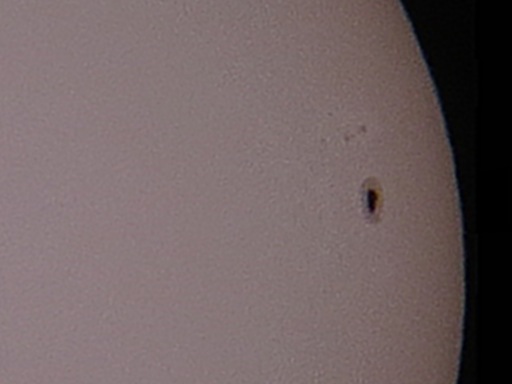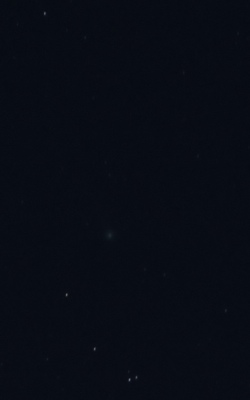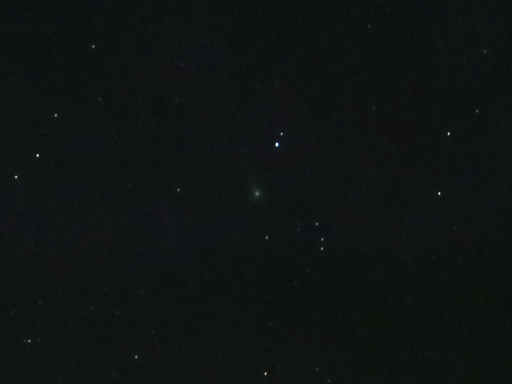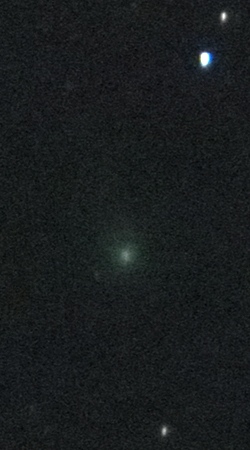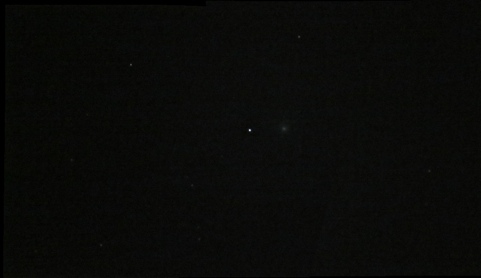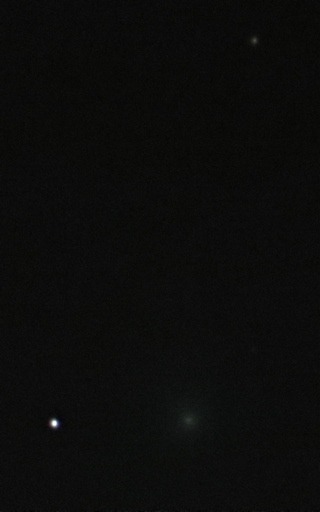Huge sunspots on the sun
Posted by Wesley onWhile I made an unsuccessful attempt to photograph Tiangong-1 space station transit the Sun, I noticed some big sunspots. Sunspots like these cause solar flares, which have been prevalent in the recent months. This particular group of sunspots shown here is called AR 11899, of which the biggest one is casually referred to as "Sunspot 1899". It's about 4 times the size of the Earth. If you click the picture for the full look of the Sun, you can also spot AR 11903 near the middle.
Settings: 1200mm - ISO 250 - 1/1000s - f/6.5
Time: 2013-11-23 13:22 KST
Location: Seoul, Korea
10 photos stacked with RegiStax 6.1.0.8
